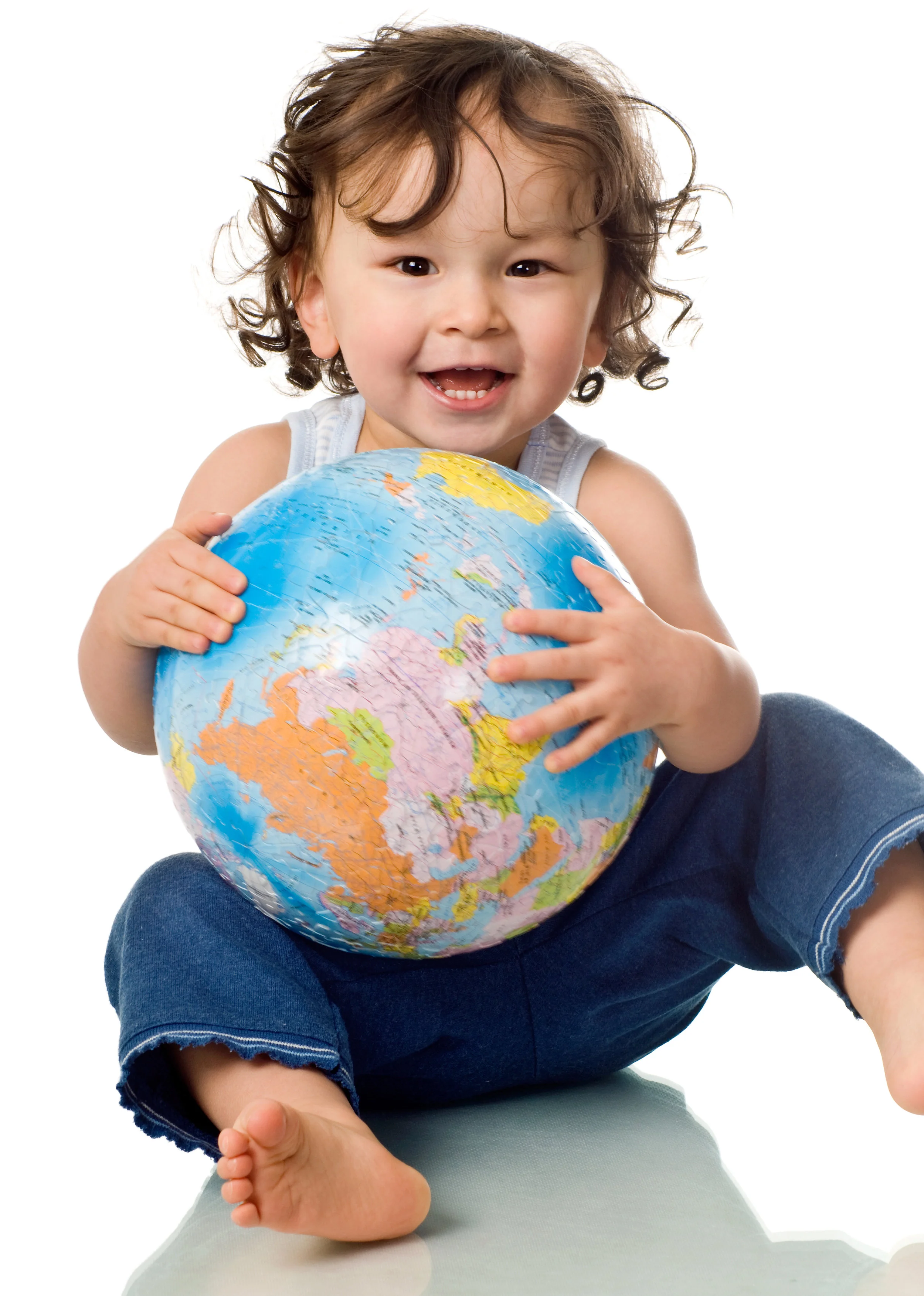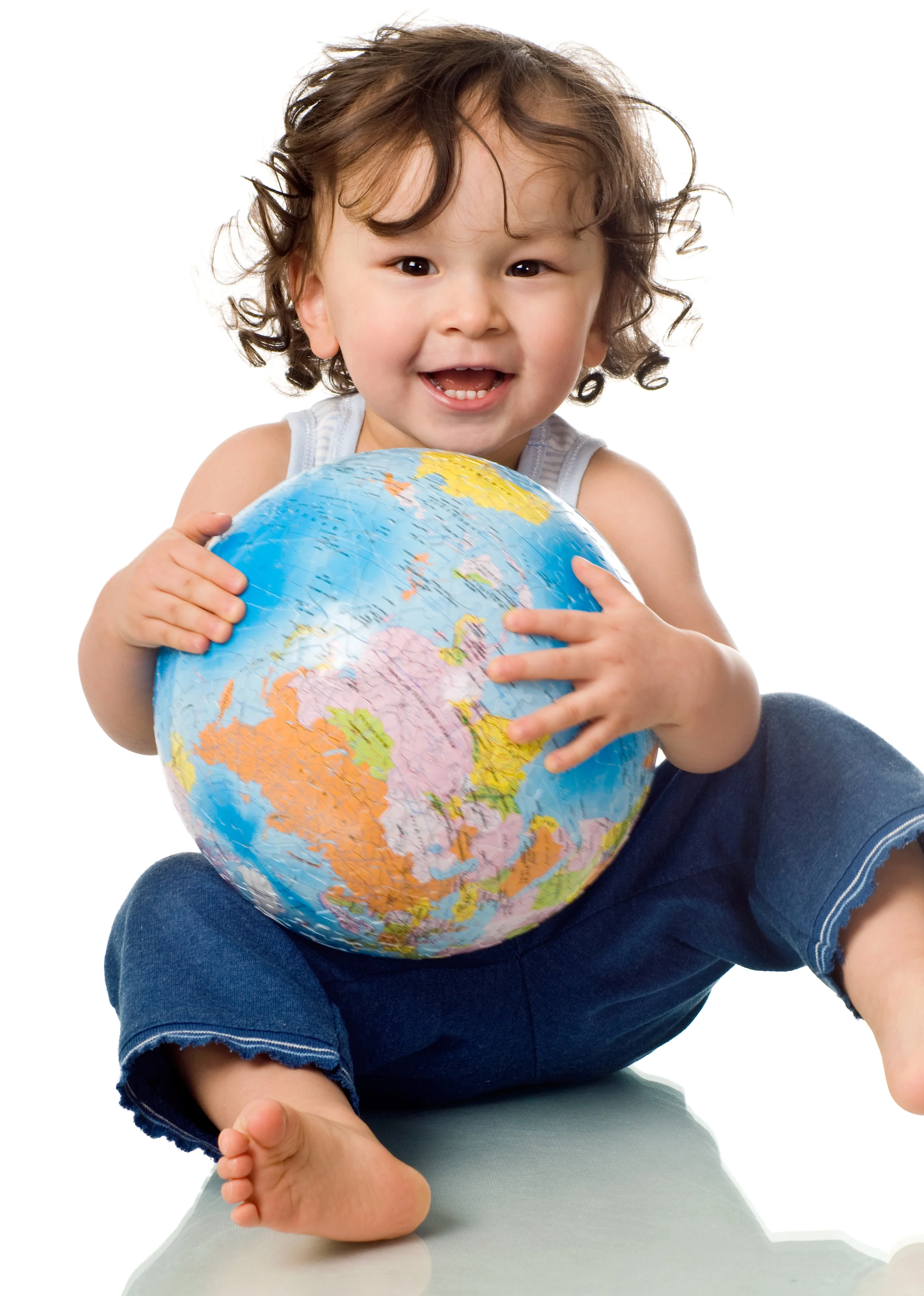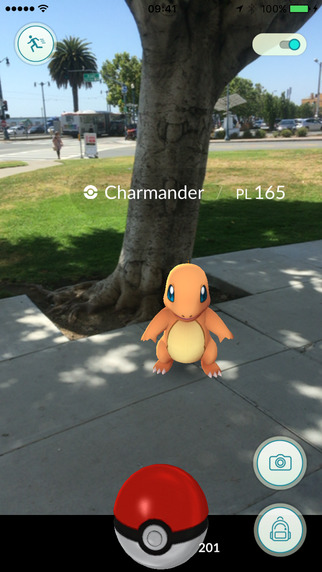First of all, congratulations on choosing the most effective method for introducing babies, toddlers, and pre-schoolers to a second or third language at the time they learn best. The foreign language learning series is specially designed to take advantage of the critical window when young minds are hard-wired to learn up to three languages with ease, which is up to six years old.
This parent and teacher guide includes information and tips so you can become your child’s first language tutor even if you don’t speak the language yourself. You can find full scripts for each language here.
The Little Pim series stars an animated panda bear named Little Pim who is also the teacher. Using our unique Entertainment Immersion Method™, Little Pim makes learning easy and fun. The videos combine live-action segments showing children eating, playing and engaging in everyday activities, along with the adorable animation of Little Pim the panda. The entire series is in the foreign language for total immersion, with optional subtitles.
We are always eager to hear from parents, teachers, or caregivers about their experience with our program. You can email us at info@littlepim.com. Thank you for choosing Little Pim for your little learner.
- Julia Pimsleur, Founder of Little Pim
Each Little Pim theme is broken up into seven short episodes. Because we know babies and toddlers have short attention spans, Little Pim was designed to allow you to start and stop after any of the five-minute episodes. Older children (2-6) may enjoy watching the seven short episodes in one sitting. You can pause the episodes at any time and interact with your child to help reinforce the new vocabulary.
Below are some tips on how to use Little Pim effectively at home:
FREQUENTLY ASKED QUESTIONS
Why should my child learn a foreign language?
There are numerous benefits to learning a second language early in life. Children who are consistently exposed from a very young age to the sounds of a foreign language are more likely to achieve native or near-native fluency in adulthood and have a much easier time learning other languages later in life. Research shows that these children also tend to have stronger verbal, cognitive and analytical skills – giving them a head start in school. Simply put, learning a second language boosts brainpower, even if the child does not achieve total fluency
Will my child be confused?
Children are uniquely equipped to learn up to three languages without affecting their progress in their mother tongues. Countless people grow up in multilingual environments: for example, many Swiss, Belgians, Canadians and Africans learn two or even three languages from birth. In the first half of the 20th century, the prevailing view was that bilingualism and second-language acquisition early in life confused children and interfered with their ability to develop normal cognitive functions and succeed in educational environments. These ideas were reversed in a landmark study by Peal and Lambert that showed a general superiority of bilinguals over monolinguals in a wide range of intelligence tests and aspects of school achievement. Please refer to our books on page six to learn more about the many benefits of studying a second language at a young age.
What if I don’t speak any foreign languages?
The Little Pim series can be enjoyed and used by adults with no prior experience in speaking a foreign language. Although adults will not have as easy a time repeating the vocabulary as young children, they too will be amazed at how quickly they pick up a few new words. There are also aids built-in for adults: optional subtitles in English, writing on the screen, and a free downloadable script for each language on our website.
THE RESEARCH
Language Exposure At An Early Age
Study after study shows that from birth to age six, the human brain is optimally equipped for learning and producing language. Little Pim was specifically created for young children to be able to take full advantage of this window for learning.
Babies hear their mothers’ voices before birth and know the rhythm of their native language as newborns. Once born, babies can understand and discriminate the sounds of every language in the world. Infants detect different sounds and hear the nuances in foreign languages with perfect clarity and precision. The sound elements of language are called phonemes, and repeated studies show that adults perceive phonemes differently than infants.
Young children’s ways of assimilating language are distinctly different from adults, especially in pronunciation. As children become “tuned” to their native language (or languages), they gradually lose the ability to tell the subtle sounds in foreign languages apart. When people are introduced to foreign sounds later in life, they have much more difficulty hearing the differences, thus making it that much harder to imitate these sounds.
Babies gain understanding long before they can speak and benefit from having a rich language environment. That is because babies learn to talk by listening. Research tells us that the more words babies hear, the more quickly they learn to talk. Frequent exposure to words and active social engagement helps the brain pathways that foster language learning to develop more fully.
Children need to hear language in relation to what is happening around them. It must capture the child’s attention, thus the “motherese” - speech with rising and exaggerated contours - is very effective when speaking to one’s baby or toddler. In addition, surrounding children with language materials such as books, objects, and pictures for naming help to support language learning. Little Pim’s voice mirrors “motherese” and the series uses sharp and colorful images of objects and actions, allowing young viewers to connect the sounds they hear with actions and objects in real life.
Little Pim makes it easy and fun for parents to take advantage of the best window of opportunity for successful foreign language learning and give them all the cognitive benefits of being multilingual.


















